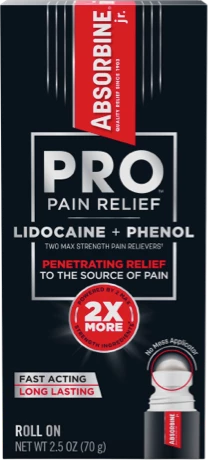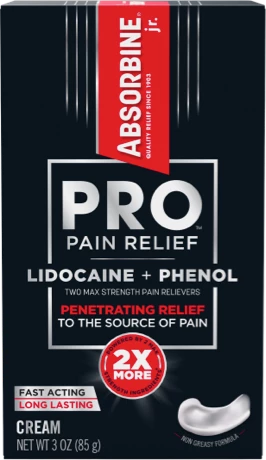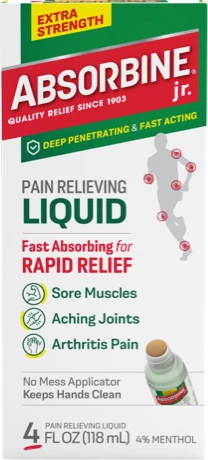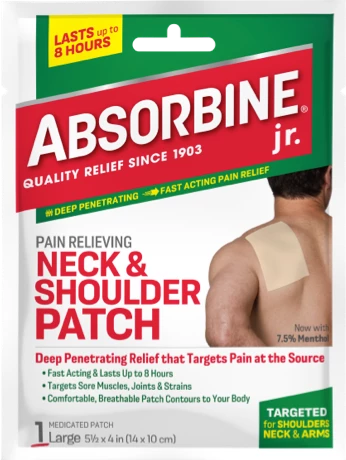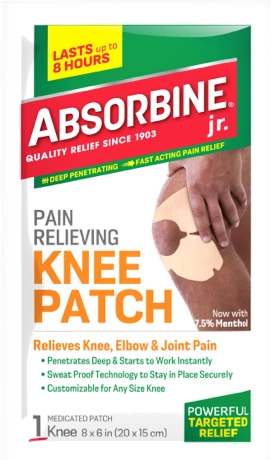What Is Cognitive Pain Management And Will It Work For Me?
Let’s face it: Pain knows no age, gender or occupation. Injuries can just as easily happen at home, on the playing field or on the job, and it’s these injuries which can then create a ripple effect throughout the rest of a person’s life. And when it comes to this sort of life-altering pain, there’s almost nothing worse than an injured back.
Sufferers searching for ways to find low back pain relief at home likely try all sort of methods, including topical ointments, heating pads, warm baths and massage. Still, if your pain is chronic you may be searching for something a little more potent, but which doesn’t involve drugs. What else is there?
One form of therapy which offers many patients relief is cognitive pain management. As the name implies, this type of therapy involves utilizing the power of the mind in terms of controlling pain. Rather than relying on drugs or other remedies, a person practicing cognitive pain management focuses on their thinking – specifically on turning around their thoughts about their pain and how they feel about their life.
For instance, if you’ve been living with pain for years, you know the signals your body sends when you’re about to have a particularly rough day. You may feel a twinge of pain before you even get out of bed. In such cases you might start thinking about the way you know your day is now going to go, since you’ve felt this way before. You start anticipating more pain, and this causes your stress response to kick in. All this before you’ve even gotten out of bed!
When practicing cognitive pain management, however, the patient learns how to control this response. They train themselves to focus on the positive aspects of their life, rather than focusing on their physical pain. They learn how to relax their mind and body during pain episodes, and even how to change their thoughts on the severity of the pain itself.
Another positive aspect of this therapy is that it can also help a patient increase their activity levels, which is helpful since pain can also improve through physical activities like swimming or even walking.
If you’ve been searching for ways to find low back pain relief at home and feel that you’re capable of turning around the way you mentally manage your pain, why not discuss cognitive pain management with your doctor?
Use as Directed.

